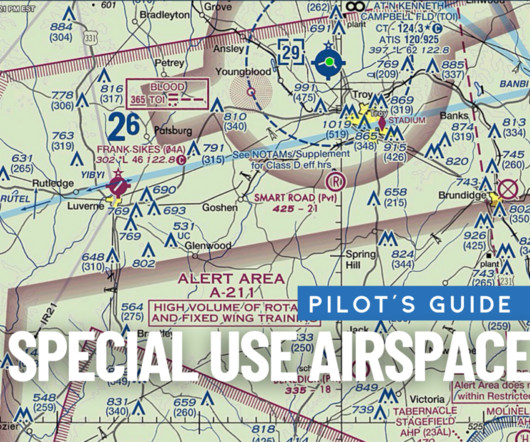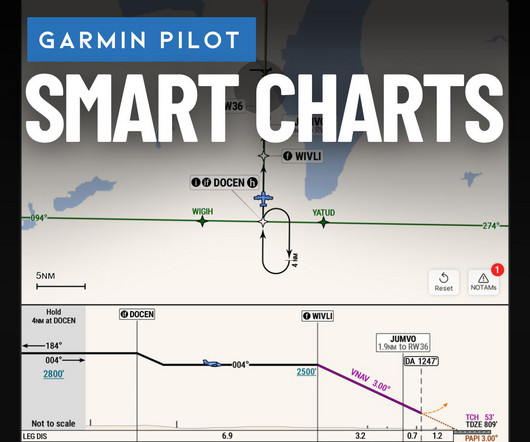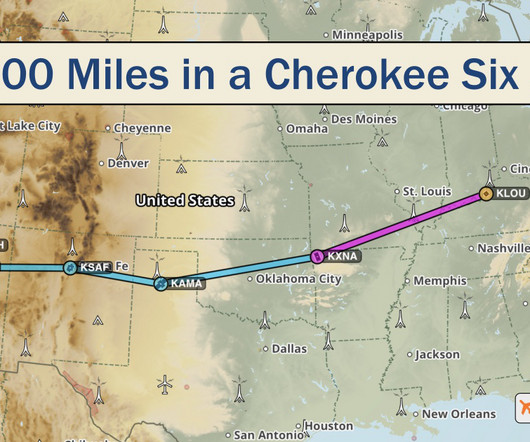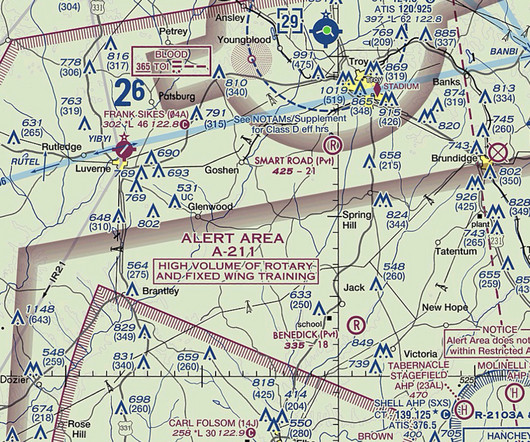From Analog to Digital
Plane and Pilot
JULY 31, 2025
My first logbook entry in 1992 records a flight in a Beechcraft Skipper , its compact cockpit and low-wing design thrilling for a novice pilot. Aviation then was a realm of VOR needles, paper charts, and the pure joy of stick-and-rudder flight. Its JMB Connect app streamlines flight planning and maintenance.
























Let's personalize your content